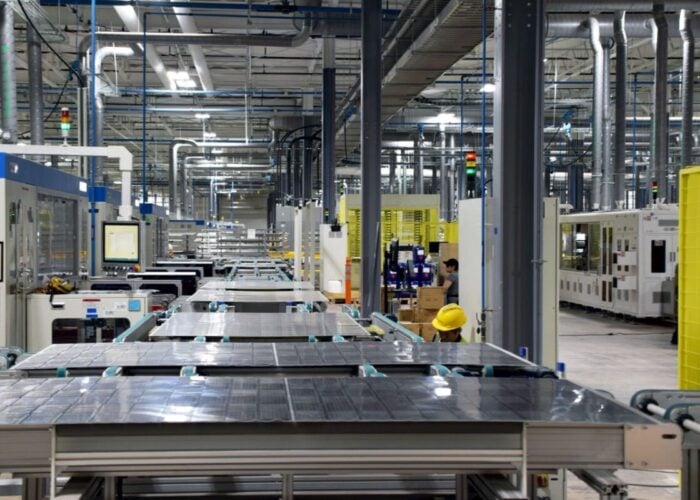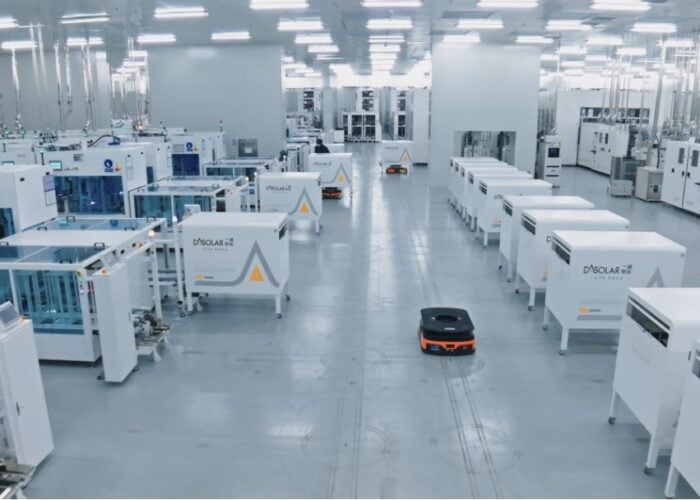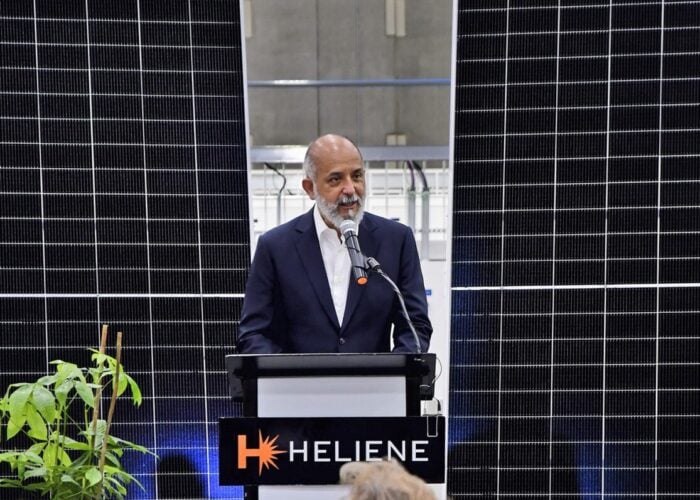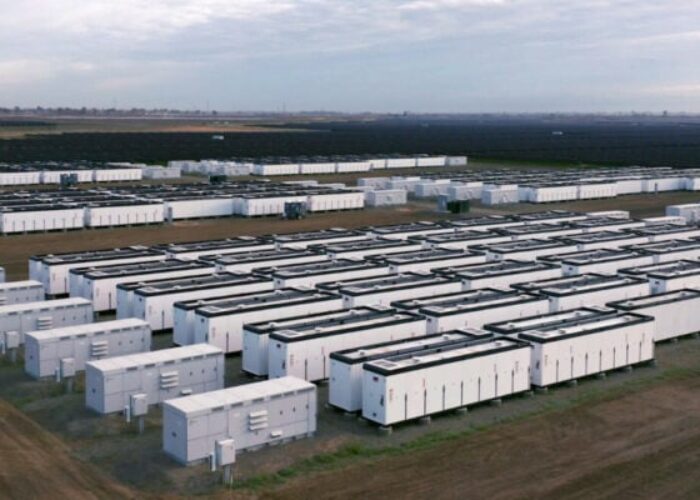
If there was an award on offer for the most exciting talk title at PV CellTech 2017 in Penang, Malaysia, on 14-15 March 2017, I think my vote would have to go to the presentation from Canadian Solar titled: Black silicon & diamond wire sawing of wafers – the future for multi c-Si technology.
The title absolutely sums up the solar industry’s concurrent push to move both p-mono and p-multi cells to efficiency and cost levels that are likely to keep both p-type variants competitive in the market-place over the next few years.
Try Premium for just $1
- Full premium access for the first month at only $1
- Converts to an annual rate after 30 days unless cancelled
- Cancel anytime during the trial period
Premium Benefits
- Expert industry analysis and interviews
- Digital access to PV Tech Power journal
- Exclusive event discounts
Or get the full Premium subscription right away
Or continue reading this article for free
The fact that this talk is being delivered by Canadian Solar is all the more pertinent. This company has been a personal fascination for more than ten years, and has created a business model that is very different from its leading peer-pack in China.
Having Canadian Solar on stage at PV CellTech 2017 is superb. And having the company talk about black silicon and diamond wire sawing of multi wafers is nothing less than brilliant.
In this blog, I will give some perspectives on Canadian Solar, trying to explain why the company is different from all other Chinese manufacturing-based companies, and looking at some factors that are behind the push to make p-multi the continued market-share leader for years to come.
So, what makes Canadian Solar different? The answer here is in its downstream strategy. So many companies have sought to have both upstream production and downstream projects businesses that could provide short-term and long-term revenue streams. From an operational perspective, it’s a perfect combination. However, the challenges are immense, and the competing drivers internally must be the source of daily discussion and debate.
While the industry is well aware of how companies like SunEdison (and Terraform Power), First Solar and SunPower have been pushing to have a dual upstream/downstream business model, you have to lump in here Canadian Solar.
However, in contrast to the above-mentioned peers, and indeed almost all other Chinese companies with global downstream aspirations, Canadian Solar has enacted a downstream asset-hold business model that in many ways defines what can work in the industry, as opposed to moving to a pre-determined public-listed yieldco listing.
With Canadian Solar a top-3 cell and module producer, and supplier, the company’s roadmaps and thoughts on cell technology deserve close attention. Ultimately, this should have a strong correlation with what is required by its project development, EPC and asset-owning arms. No other multi-GW cell producer has a more direct view of the return-on-investment of a completed solar farm and the relative merits of using different solar modules, whether they are supplied by Canadian Solar’s in-house module production lines, or a third-party module supplier that is chosen at arms-length by the company’s project development team.
Here is the Q&A with Guaqiang Xing at Canadian Solar:
What topics are going to be included in your presentation?
Guaqiang Xing: I will discuss the historical trend of market shares of multi and mono c-Si, and show the current progress and future plans of CSI [Canadian Solar] developing and ramping up to GW-scale mass production of DWS [diamond wire saw] and black [silicon] technology. This signals the stronghold of market dominance of multi c-Si technology for years to come. Also DWS and black silicon can extend to 21% cell efficiency regimes within 2-3 years as our roadmap indicated.
What are the biggest challenges today for PV cell manufacturers?
While the PV market demands high-efficiency cells at [ever decreasing] price, the bottleneck in equipment and materials availability, capex availability, and overall cost-of-ownership still hinder the ramped volume ramp of high efficiency technologies. The [upstream] supply of polysilicon and wafers also plays an important role on cell technology selection. Probably most importantly, the cell technologies will need to keep up with the drastic changes in module technology; at the end what it is counted the most [is] $/Wp and $/kWh.
What are the main things you are hoping to learn after the two days of PV CellTech 2017?
Meet my peers and exchange views on the future of PV technologies.
PV Tech: PV CellTech takes place on 14-15 March 2017 in Penang, Malaysia. To register to attend the event, please register using this link.





